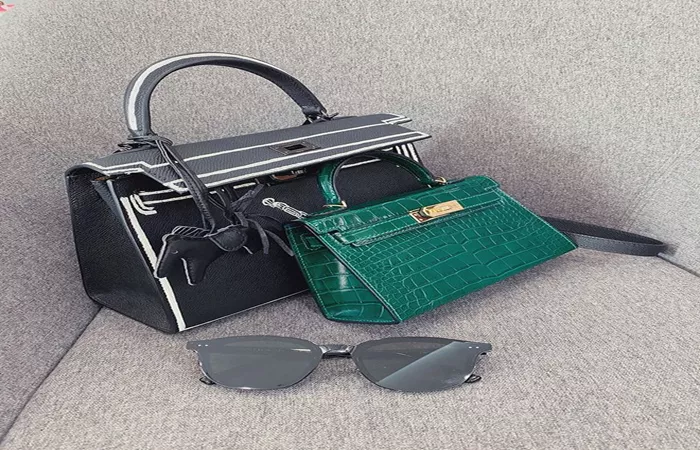China’s county towns are witnessing an unexpected retail trend – the rise of secondhand luxury stores. What was once an urban phenomenon concentrated in first-tier cities has begun spreading to smaller municipalities as both entrepreneurs and consumers recognize new opportunities.
The “County Socialites” Driving Demand
Jiang Li, a business owner in Jiangyin county, represents the new wave of consumers fueling this expansion. “At first I bought from brand boutiques in provincial capitals,” she explains, “but discovering pre-owned luxury goods changed everything.” Her annual spending on secondhand designer items now reaches 100,000 yuan ($13,800), focusing on classic styles from Louis Vuitton and Chanel that retain value.
Platform data confirms this growing demand. During the 2025 Spring Festival, orders for pre-owned luxury goods in fifth-tier cities grew 33% year-over-year, with smaller cities consistently showing double-digit growth since 2023.
The Entrepreneurial Gold Rush
Social media platforms like Xiaohongshu and Douyin overflow with posts from young entrepreneurs – often millennials and Gen Zers returning to their hometowns after urban experiences – documenting their secondhand luxury store ventures. They’re drawn by:
- Lower market saturation compared to major cities
- Growing disposable income in county economies
- Increasing brand awareness through social media
Store owner Aqi describes the unique challenges of operating in smaller markets: “We can’t afford to maintain large inventories. County consumers mainly want classic styles, so we balance retail with wholesale to other dealers at lower margins.”
Industry Realities: Not All That Glitters
The business model presents significant hurdles:
- Inventory management challenges with seasonal fluctuations
- Thin profit margins (10% wholesale vs 20-30% retail)
- Increasing price transparency through livestream commerce
- Authentication requirements and counterfeit risks
Wang Xiao’s failed attempt highlights the risks: “The market has become brutally transparent. Consumers know exact prices before walking in, squeezing profits to maybe 60% of what they were.”
The Road Ahead
While the “easy money” phase may be ending, industry observers note sustainable opportunities exist for:
- Operators with strong supply chains and authentication capabilities
- Stores offering localized service and community connections
- Businesses maintaining lean inventories with quick turnover
As Aqi summarizes: “This isn’t a guaranteed success. You need either special resources or patience for the long game.” The luxury resale market’s expansion into China’s hinterlands reflects both evolving consumer aspirations and the maturing challenges of an increasingly competitive industry.
Related topics:
- TradeStation Adds CME Group’s XRP Futures to Crypto Derivatives Lineup
- XRP Reclaims Third Place as CME Futures Launch Nears
- CME Group Expands Messaging Efficiency Program to Include Treasury Futures…


